There are many well-known cemeteries across Europe that receive visitors on a daily basis, whether it be to pay respect to those who came before us; to learn and humbly acknowledge significant events of the past; or to seek solace in a quiet and moving place. The Montjuïc Cemetery in Barcelona is a place where you can experience all of these elements. In addition to learning about the cemetery’s rich history in a peaceful and serene setting, it’s also a place where you can appreciate some beautiful works of funerary architecture and design. Be sure to add this incredible and moving experience to your list of things-to-do during your stay in Barcelona.
Related article: Why you should visit Montjuïc Castle
Table of Contents
The history
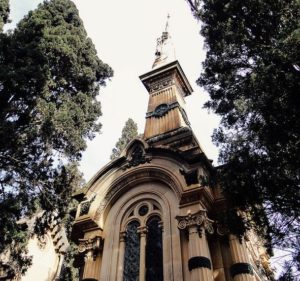


Photo by –v via Visualhunt
As a result of population growth in Barcelona, Montjuïc Cemetery was opened in 1883 by the city’s mayor at the time, Francesc de Paula Rius i Taulet. The use of the 56-hectare space on the side of Montjuïc Hill was part of an initiative to expand and improve the city. The chief designer of the cemetery was architect Leandro Albareda, who took to gaining inspiration for the design of the cemetery by visiting other significant cemeteries in the region. History records point to the first burials taking place early in the year, with the first person to be buried in the new cemetery being José Fonrodona Riva. He was a Catalan Indian who had been mayor of Cuba.
What’s there to see
Visitors to the cemetery will notice a large section that mirrors the design of the Barcelona’s Eixample district. The Cemeteries of Barcelona site highlights that the prominent and wealthy families in this area also requested the design and construction of their own mausoleums. It resulted in some of the city’s best architects, sculptors and stained-glass artists playing a role in constructing some spectacular pieces of funerary architecture and design. During your visit, look out for works by Josep M Jujol, Josep Puig i Cadafalch and Eusebi Arnau. Also keep an eye out for gravestones of prominent people who were key figures in the city’s history, such as the former president of the Catalan Government Francesc Macià, musician Isaac Albéniz as well as artists Ramon Casas, Santiago Rusiñol and Joan Miró.
Related article: Best things to do around Montjuïc
Self-guided tours
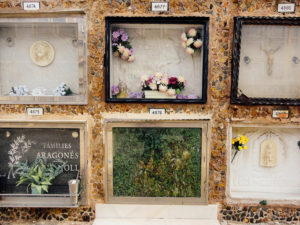


Photo by –v via Visualhunt
A self-guided tour through the Montjuïc Cemetery is possible by scanning a QR code on the Cemeteries of Barcelona site. It’s available in Catalan, Spanish, English and French and helps visitors explore some of the significant aspects of the cemetery. An ‘Artistic Route’ is designed to highlight the connections between society and art as well as showcase the artistic, cultural and historical value of many of the grave sites. Another option is the ‘Historical Route’, where visitors can remember the loss of the city’s heroes as well as those who remain anonymous but are just as equally important in making up the fabric of Barcelona.
How to get there
Montjuïc Cemetery is open Monday to Sunday from 8.00am to 6.00pm and can be accessed by public transport using bus lines 21 daily and 107 on public holidays.
Address: Carrer de la Mare de Déu de Port, 56-58
Contact: 934 841 970 or http://www.cbsa.cat/









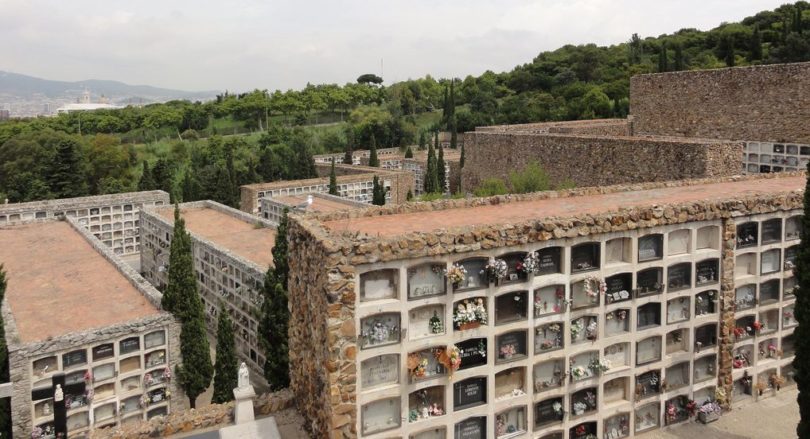
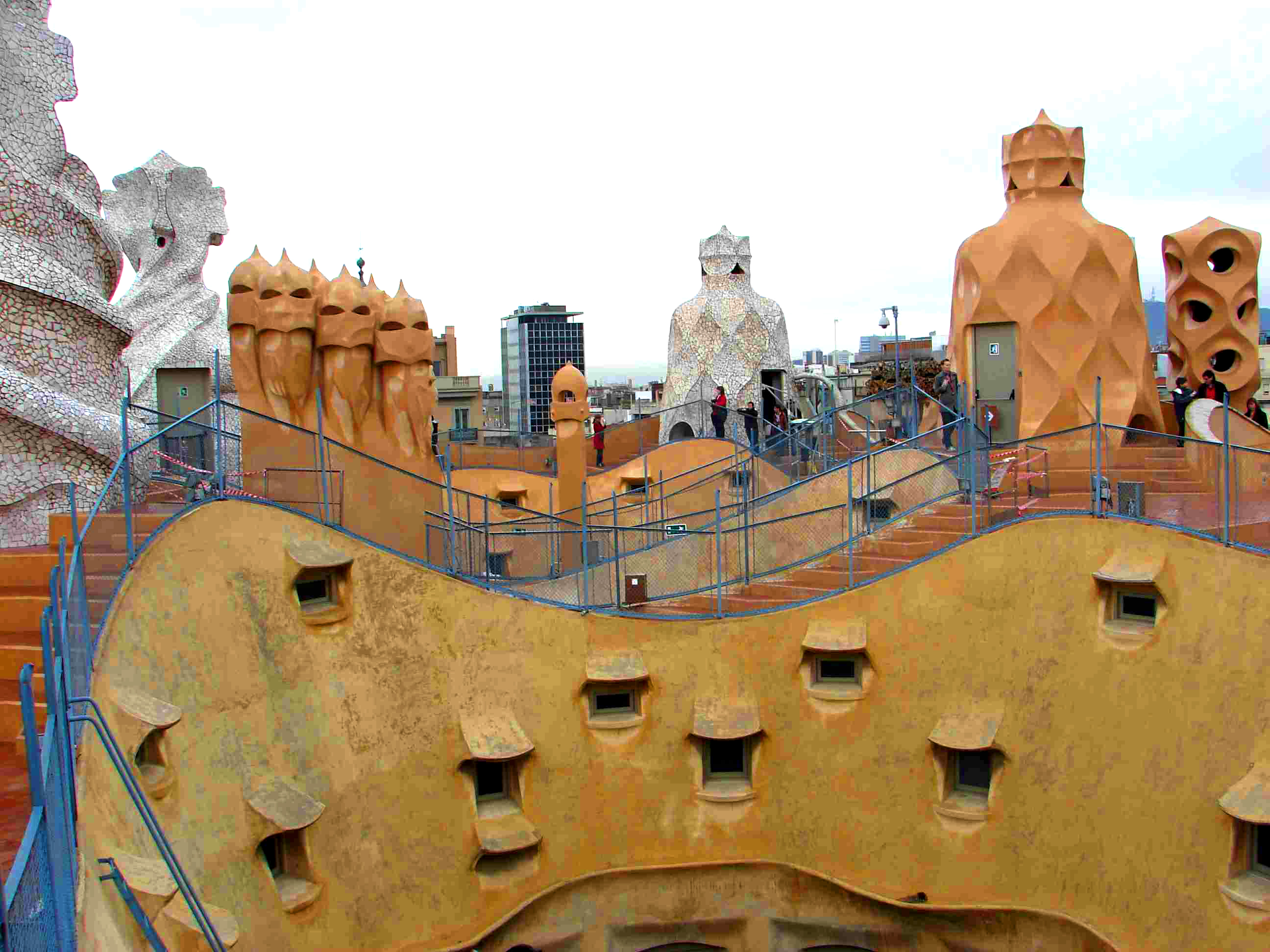
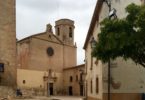


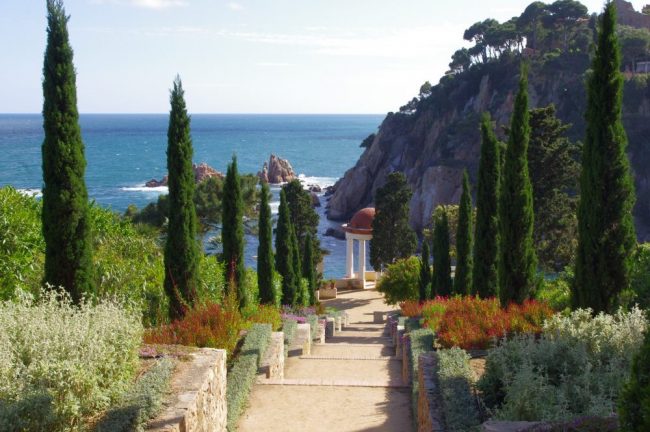
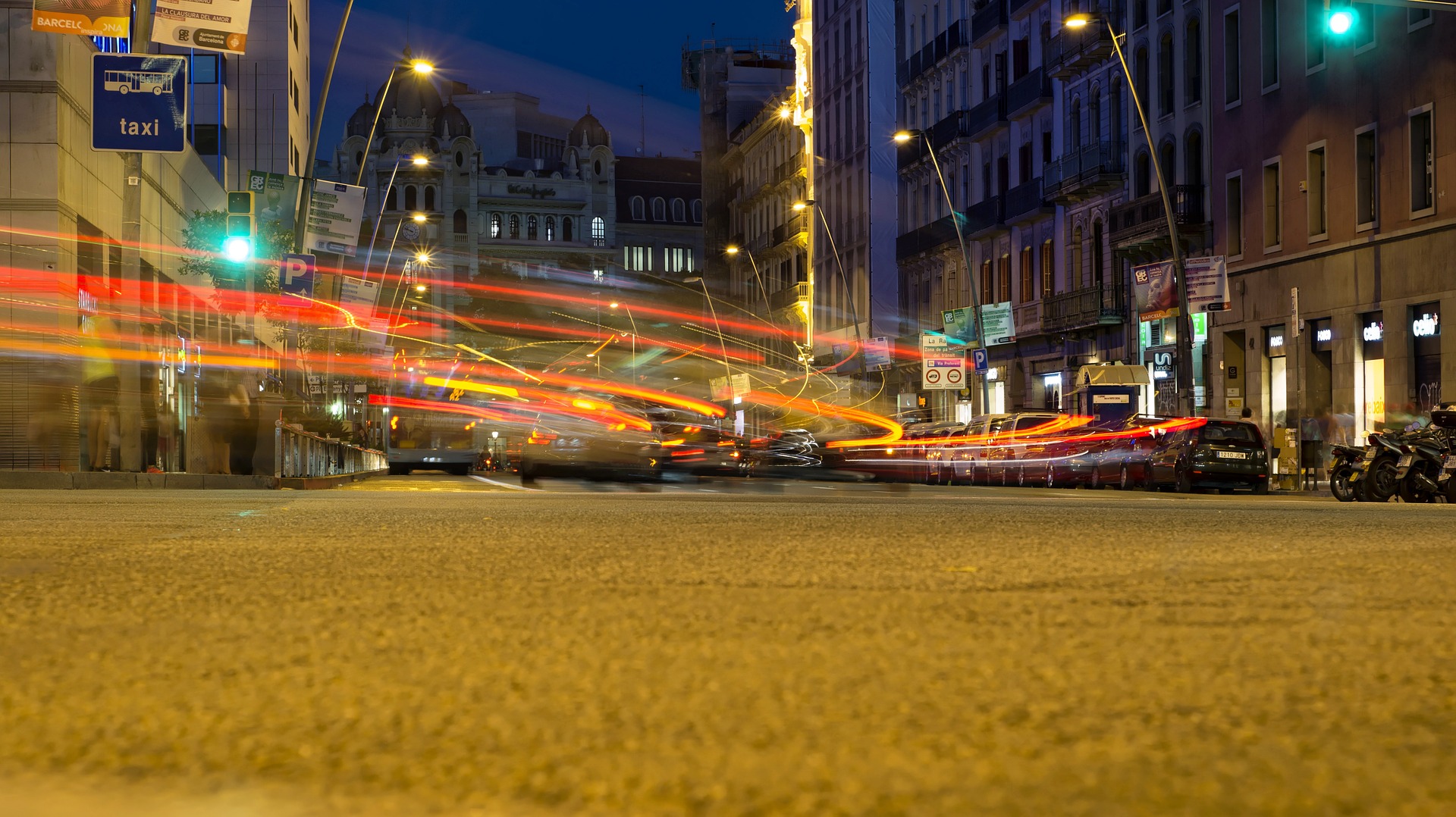
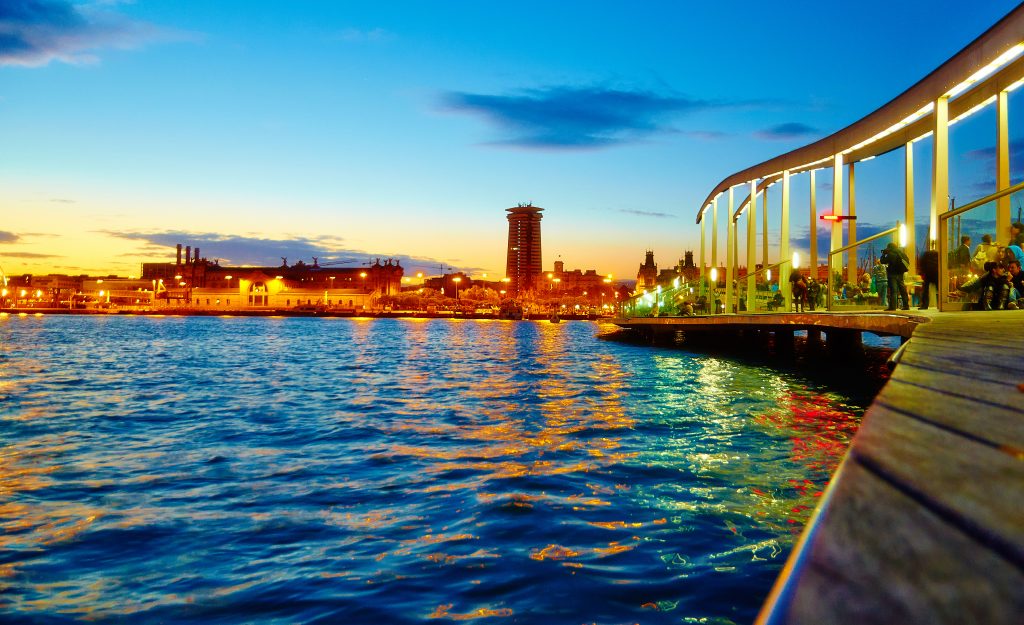
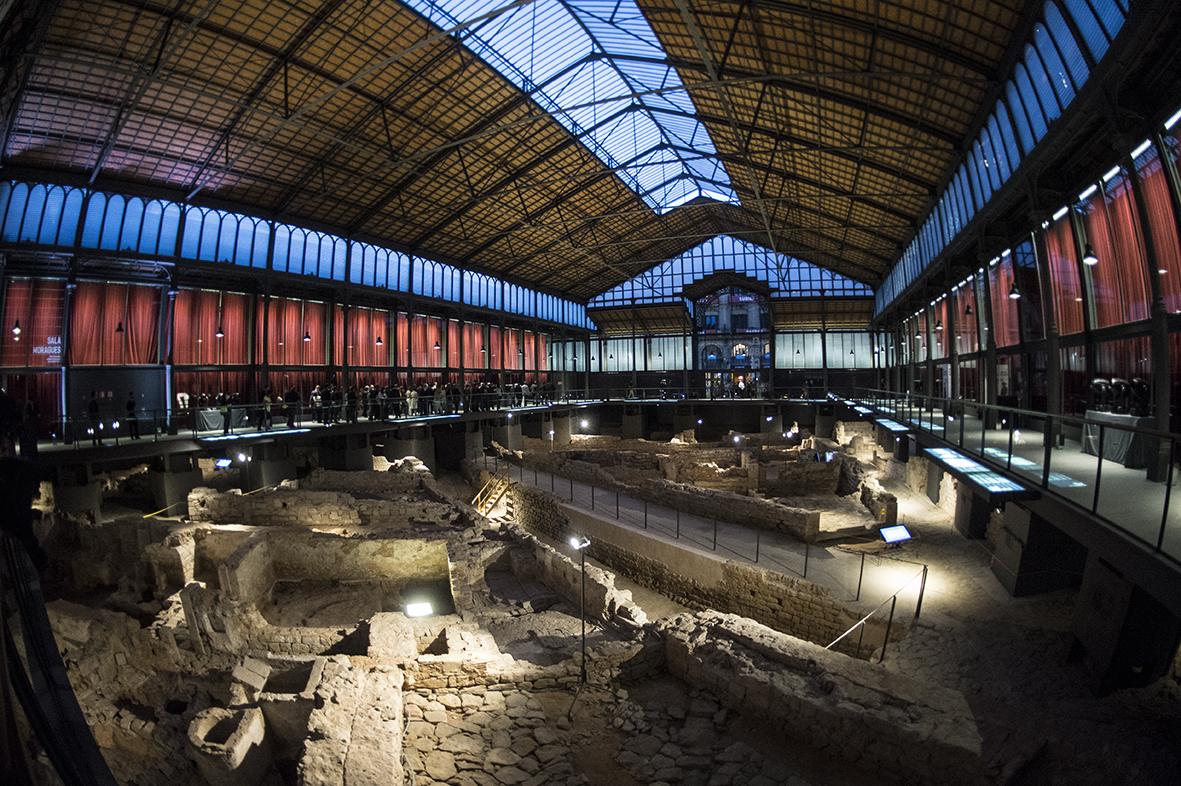

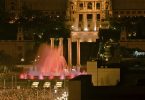

Leave a Comment